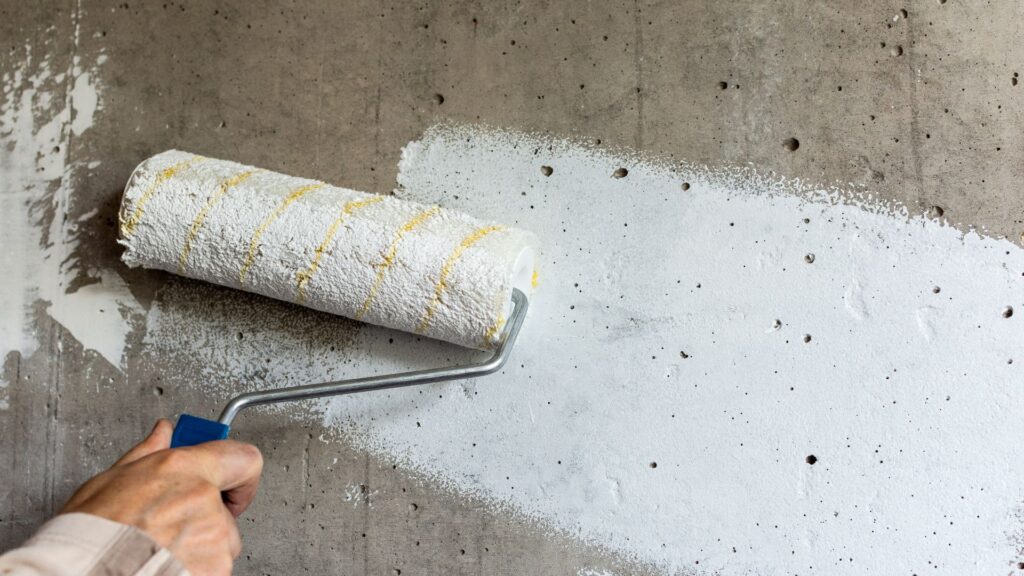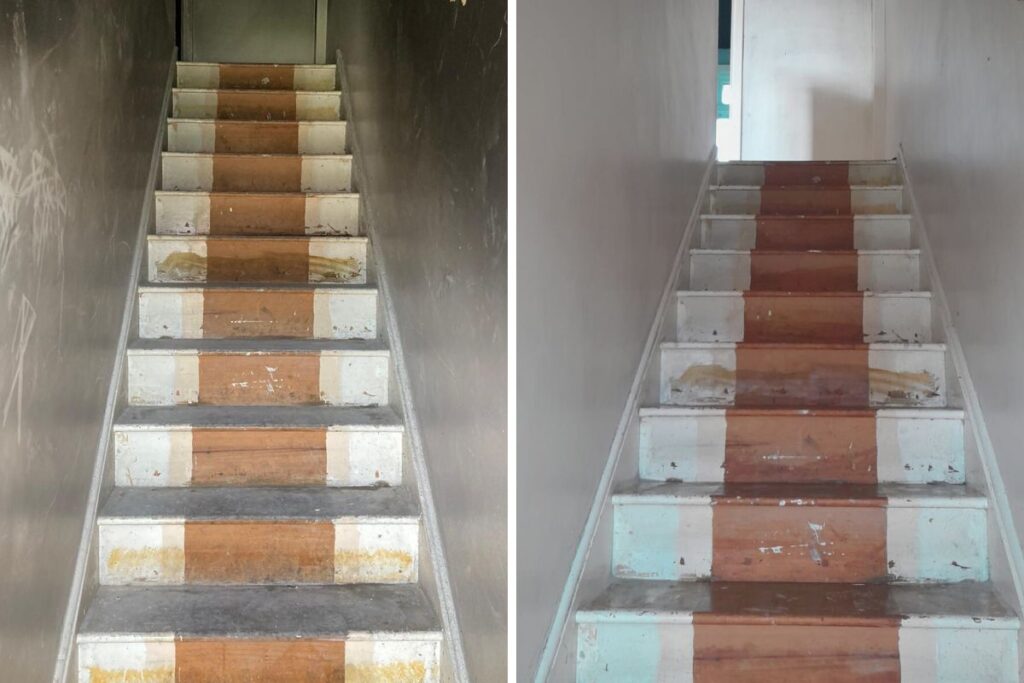
Fire damage to any property can be overwhelming, not just structurally but visually and emotionally.
One of the most common restoration questions property owners ask is, “Can you paint over fire—or smoke-damaged walls?”
Smoke and fire damage can leave unsightly marks and odours that may seem impossible to remove.
However, the good news is that, in many cases, it is possible to paint over fire—and smoke-damaged walls, restoring your property to its former glory.
In this guide, we’ll delve into the process of painting over such damage, discuss the steps involved in achieving a successful restoration and assess whether you’ll need to call in professionals or not.
Understanding Fire, Smoke and Soot Damage
When a fire occurs, the damage left behind is often more complex than it first appears. While charred materials and blackened walls are obvious, the lingering effects of smoke and soot can be more difficult to detect — and even more challenging to remediate.
Fire damage typically results in blistered paint, burnt surfaces, and structural compromise in extreme cases. However, it’s the smoke and soot that cause long-lasting issues if not handled correctly.
- Smoke damage can leave yellow or brown stains on walls and ceilings. The particles are fine and acidic, which allows them to penetrate deep into porous surfaces such as plaster and drywall.
- Soot damage refers to the fine, black powdery residue left after the incomplete combustion of materials. It clings to walls, often leaving oily, sticky deposits that cannot simply be painted over.
So, when it comes to painting over fire or soot-damaged walls, the answer depends on whether the walls have been professionally cleaned, neutralised and sealed beforehand.
Without this crucial step, painting over smoke or soot damage can lead to:
- Stains bleeding back through the new paint
- Trapped odours that continue to linger
- Poor adhesion and premature paint failure
Painting Over Smoke-Damaged Walls

Yes, you can paint over smoke-damaged walls, but it’s crucial to follow a systematic approach to ensure a successful outcome.
Here’s a step-by-step guide to the restoration process:
- Assessment and Cleaning
Before any painting can begin, a thorough assessment of the damage is essential. This includes identifying areas with charring, discolouration, and soot residue. A professional evaluation will help determine the extent of the damage and guide the restoration process. Cleaning the walls is the next step, using specialised cleaning agents and techniques to remove as much soot and residue as possible. This prepares the surface for painting.
- Priming the Surface
After cleaning, applying a high-quality primer is key to creating a smooth and even surface for paint. The primer helps seal any remaining odours and prevents soot from bleeding through the new paint. For optimal results, opt for a primer specifically designed for smoke and fire damage restoration.
- Painting Process
Choosing the right paint is crucial for a successful restoration. Opt for paints with stain-blocking properties to prevent any remaining smoke or soot from seeping through the new coat. Multiple coats may be necessary, especially if the damage is severe. Professional painters experienced in restoring fire and smoke damage can recommend the best paint options for your situation.
- Odour Elimination
Lingering odours are a common challenge after fire incidents. While painting can help cover up some odours, addressing the issue at its source is essential. Consult with professionals who specialise in odour elimination after fire accidents. They can employ techniques such as ozone treatment, thermal fogging, and specialised sealants to eliminate odours effectively.
Should You Hire a Professional?
While tackling smoke or soot stains with paint and a roller may be tempting, fire-damaged walls require more than cosmetic fixes. Painting over soot damage without properly treating the surface can lead to a range of persistent problems, including discolouration, odour recurrence, and even compromised indoor air quality.
Soot is particularly difficult to manage. It contains oily, acidic particles that cling to surfaces and bleed through paint, especially if the wall hasn’t been thoroughly cleaned and sealed. Simply put, painting over soot on walls without preparation is rarely effective and can result in more extensive (and expensive) issues down the line.
Hiring a professional ensures that:
- All soot and smoke residues are safely and thoroughly removed
- Surfaces are properly cleaned, dried, and sealed with the correct products
- Specialist primers are used to prevent stain and odour breakthrough
- The final paint finish is clean, durable, and long-lasting
At Vinci Response, we understand the challenges of property restoration after fire accidents.
Our team of experts is dedicated to bringing properties back to life through meticulous restoration processes.
Whether it’s painting over fire-damaged walls or eliminating lingering odours, we have the knowledge and experience to handle the task effectively.
Contact us today to learn more about how we can restore your property to its former glory.